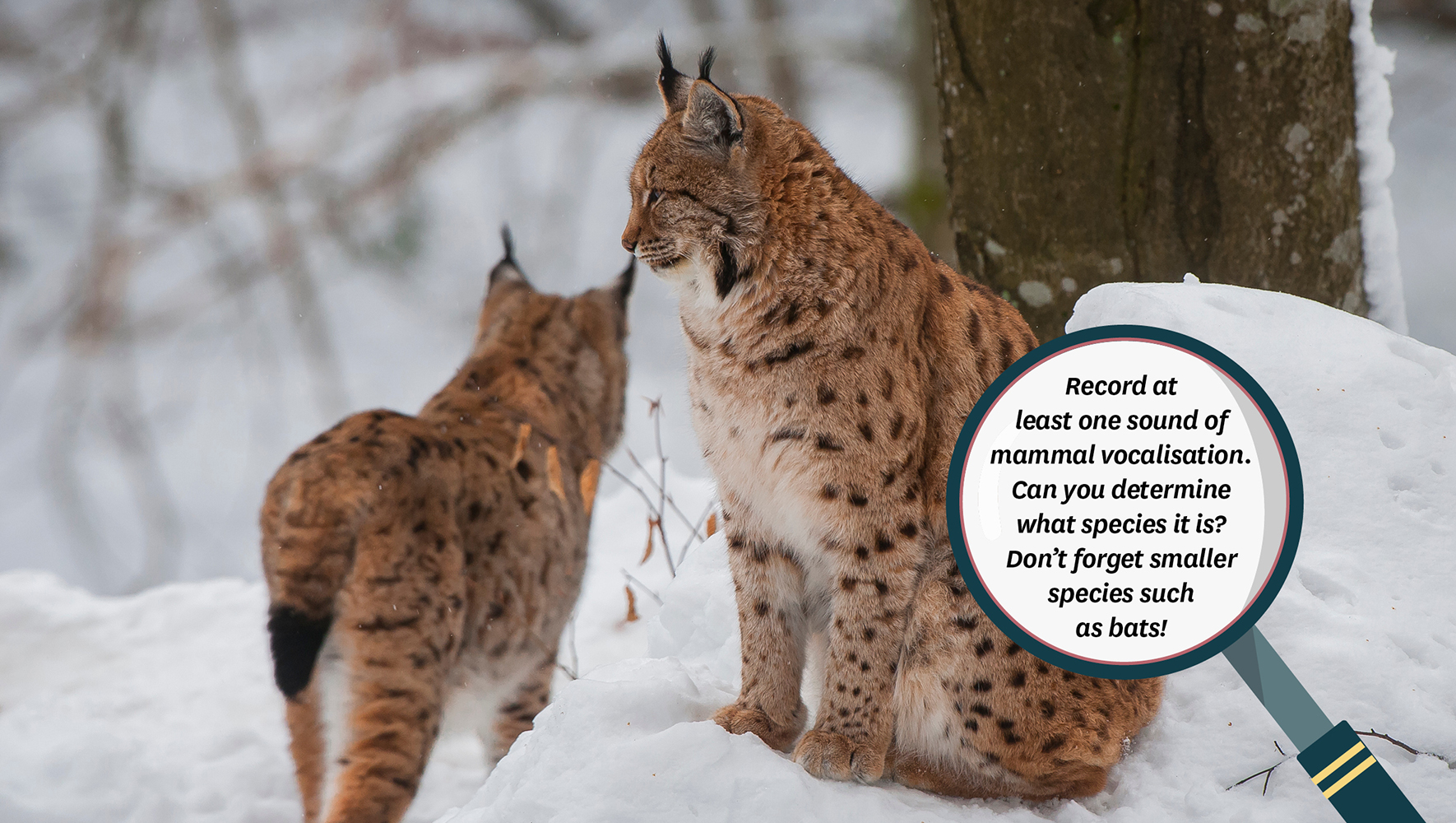The lynx is a solitary animal. With the exception of mothers and their offspring, lynx only socialize during the breeding season, when males and females meet for a short period of time.
Male territory often overlaps partly with that of females. During the breeding season, extra-territorial excursions of males have been recorded, sometimes with successful mating within the neighbor’s territory. Aggressive lynx interactions are rare and usually occur between males during the breeding season.

The lynx breeding season usually takes part during late winter. As the breeding season approaches, visits to marking sites become more frequent and increase the chances of meeting a mate. During this time, lynx will use vocalization so they can locate each other. Meows, chuffs, and growls are some of the most frequently used calls.
Not much is known about the breeding behavior of lynx in the wild, but interesting insights have been obtained by research conducted on captive individuals. During the breeding season, a significant increase in diurnal activity was noticed where both sexes showed play behavior. Observed reproductive behavior included head tossing, where one of the individuals initiates hitting/tossing the head of the other partner frontally, which later can continue as rubbing or licking the forehead of the partner.

From Stehlik J. 1983 Le comportement sexuel du lynx boréal (Lynx lynx)
Marking behavior, mating calls, and copulation was also recorded. Copulation was usually preceded by play behavior or the male following the female.
The place where lynx socialize is not known – it is assumed that the whole area of their territories is good places to meet and socialize.
INTERESTING: an interesting example of lynx social behavior was recorded in Slovenia in 2019/20. One of the translocated lynxes, Goru, met a female lynx called Teja. As they both had collars, researchers were able to record their meetings between June-July 2019, which is outside the usual mating season period in February – March as Goru was released in Slovenia in May. They met 3 times, each time spending a few days close to each other, even sharing prey. Soon, Teja was recorded with a kitten named Mala, who was confirmed with DNA analysis to be an offspring of Goru. As well as being extremely interesting data about social and reproductive behavior, it was a big win for the LIFE Lynx team, as it confirmed the first reproduction of translocated lynx. To see the animation of Teja and Goru movements, click here.
